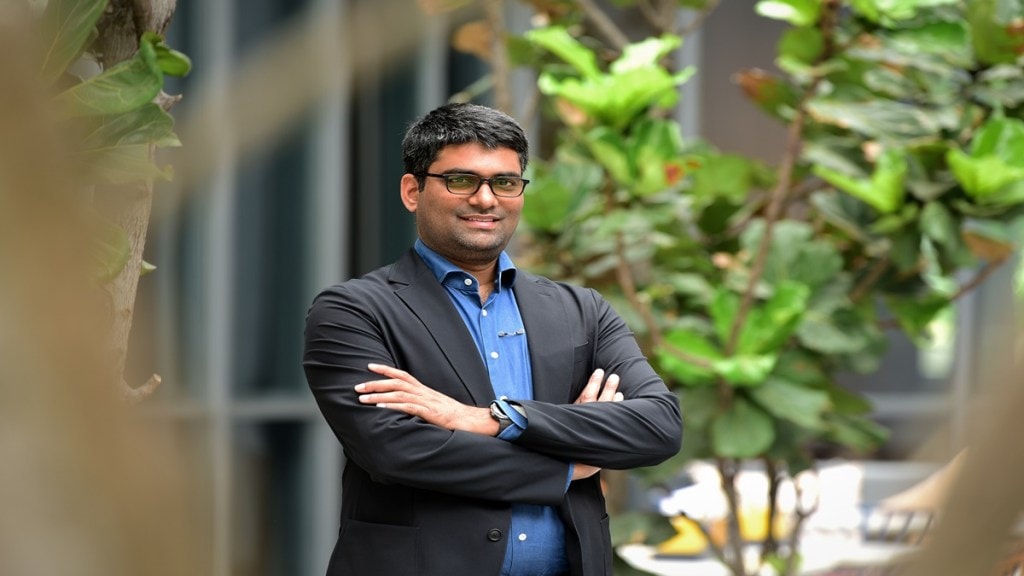Founded in 2007, Mumbai-based ideaForge has become a key player in the rapidly evolving drone industry, designing and manufacturing high-performance unmanned aerial vehicles (UAV) for defence, security and industrial use. The company has seen increased visibility in both markets and missions, including its recent expansion into US through a strategic partnership. Ankit Mehta, CEO and co-founder of ideaForge, speaks to S Shanthi about scaling up innovation, geographical expansion, and why building resilience in drone tech takes more than just speed.
Operation Sindoor brought indigenous drone capabilities into the spotlight. Will this momentum last?
The sector has definitely demonstrated its ability to innovate and scale. But to sustain that momentum, we need a predictable procurement pipeline from the government. India is already strong in missile systems, but drones are becoming just as critical. For that, public-private collaboration must become more transparent and consistent. Innovation in defence can’t exist in isolation, it needs structured support.
You recently invested in California-based Vantage Robotics. What does that partnership bring to
ideaForge?
This is a strategic alignment that allows both companies to pool technological strengths. Together, we aim to co-develop next-gen nano and micro drones for defence and enterprise use. The total addressable market here is around $1 billion. Vantage already has Blue sUAS (small unmanned aircraft systems) status in the US, so this move also deepens our presence in the US market and positions us to be part of high-trust procurement ecosystems.
What’s your broader international strategy?
We have begun laying the groundwork in South America and Southeast Asia through local partnerships. In the US, we already have a subsidiary and an on-ground team. Our initial offerings were around 2 kg UAVs, and now we go up to 500 kg, all designed and built in-house. That kind of vertical integration gives us flexibility and reliability. Through Vantage, we are also entering the sub-2 kg space, which opens up new market segments.
You offer end-to-end drone services. Any new revenue streams being explored?
We have developed FLYGHT, our drone-as-a-service (DaaS) offering, which is being used across mining sites in Odisha, West Bengal, and Rajasthan. In just six months, we have logged over 2,000 flights and 120,000 minutes of aerial surveillance. It combines live tracking, analytics, and 24/7 coverage to secure remote areas. On top of that, we are building FLYGHT Cloud, a discovery platform for analytics. This will allow users to extract insights from drone data in a more intuitive way.
What’s next on the product front?
At Aero India, we showcased NETRA 5, SWITCH V2, and two new concepts: Tactical UAV and Logistics UAV. NETRA 5 is built for real-time intelligence and surveillance in high-pressure zones. SWITCH V2 supports wide-area mapping and change detection. The Tactical UAV is designed for defence forces and first responders, with a 6-hour endurance and an 80-km range. Our Logistics UAV is aimed at overcoming last-mile delivery in hostile or inaccessible areas.
How is the private sector responding to drone tech?
We are seeing strong interest in two areas, perimeter security and geospatial mapping. Enterprises are using our drones for surveillance and theft prevention. In mining zones, for example, they also rely on us to create digital twins of their sites. Mapping has grown into a major use case, whether it’s evaluating land before a project or measuring work progress. The precision and efficiency drones bring to these processes are compelling.
Has the funding landscape changed since you started?
It’s definitely improved, but this is still a deep-tech game. You can grow fast or deep, doing both takes time. For us, it took over 18 years. We have built everything from scratch, own our designs, and have patents to show for it. We have seen this technology evolve and understand what it takes to get it adopted. Over 650,000 missions have been flown on our drones across terrains like the Himalayas and the Rajasthan desert. Making a drone today is easy; making it resilient enough for these environments is what truly counts.


